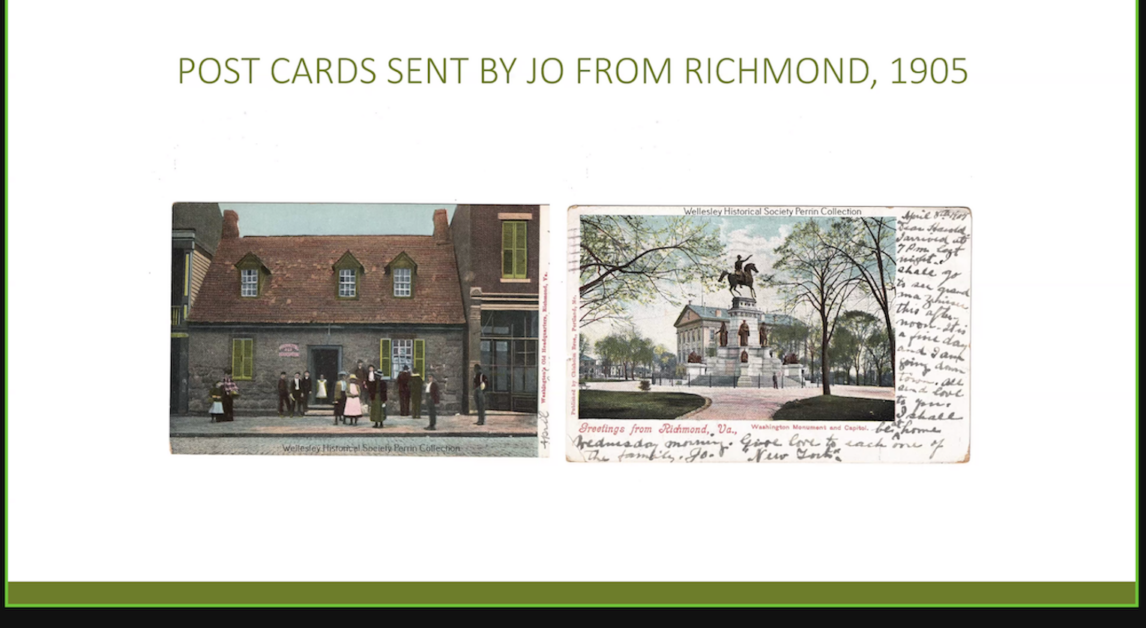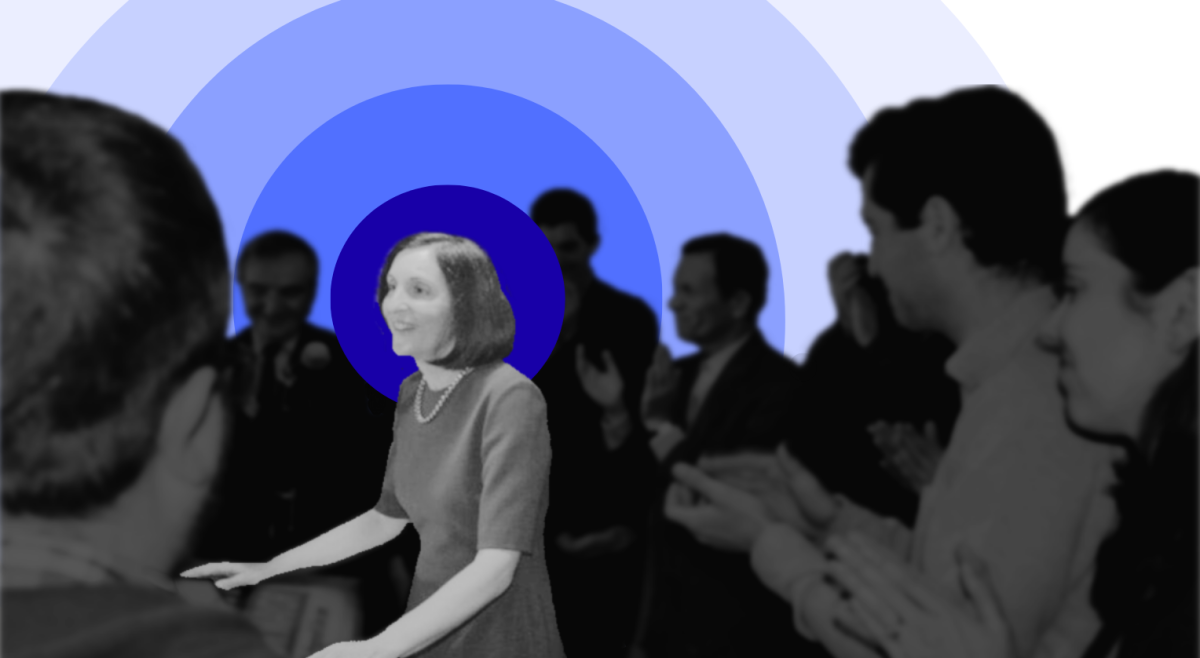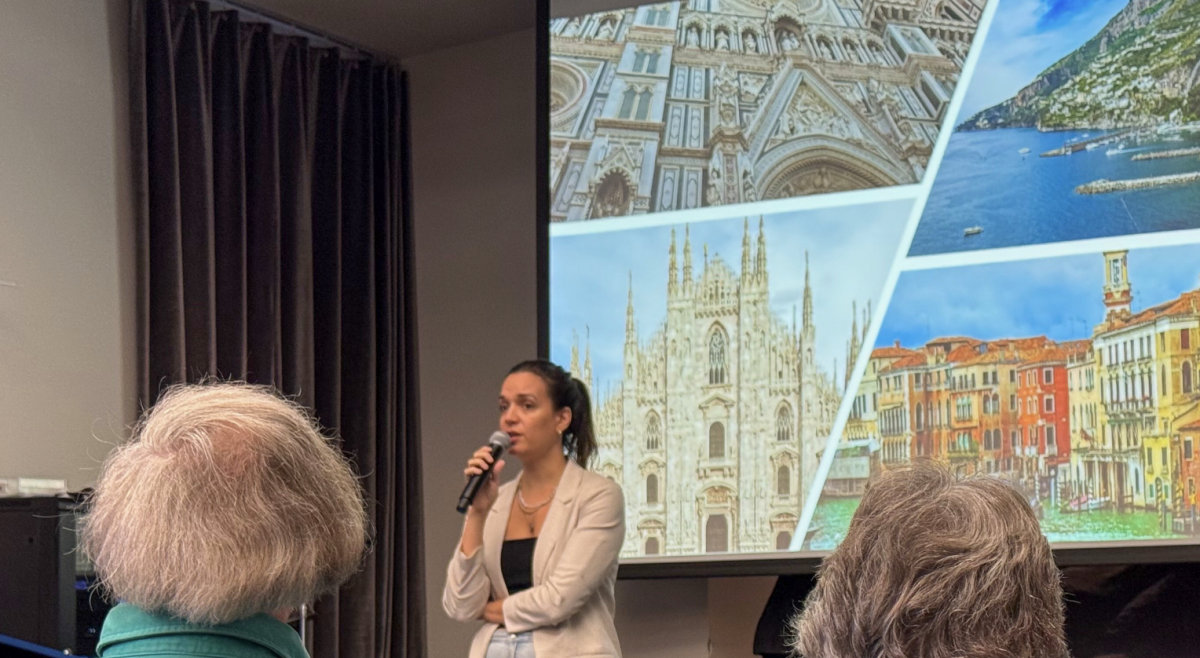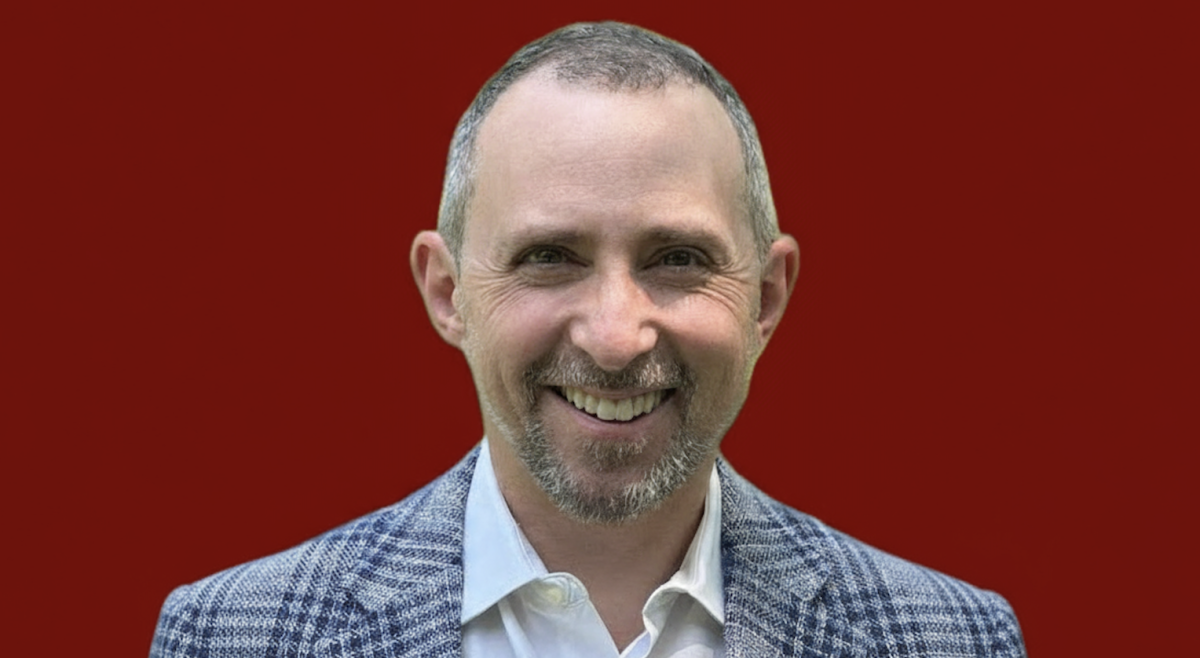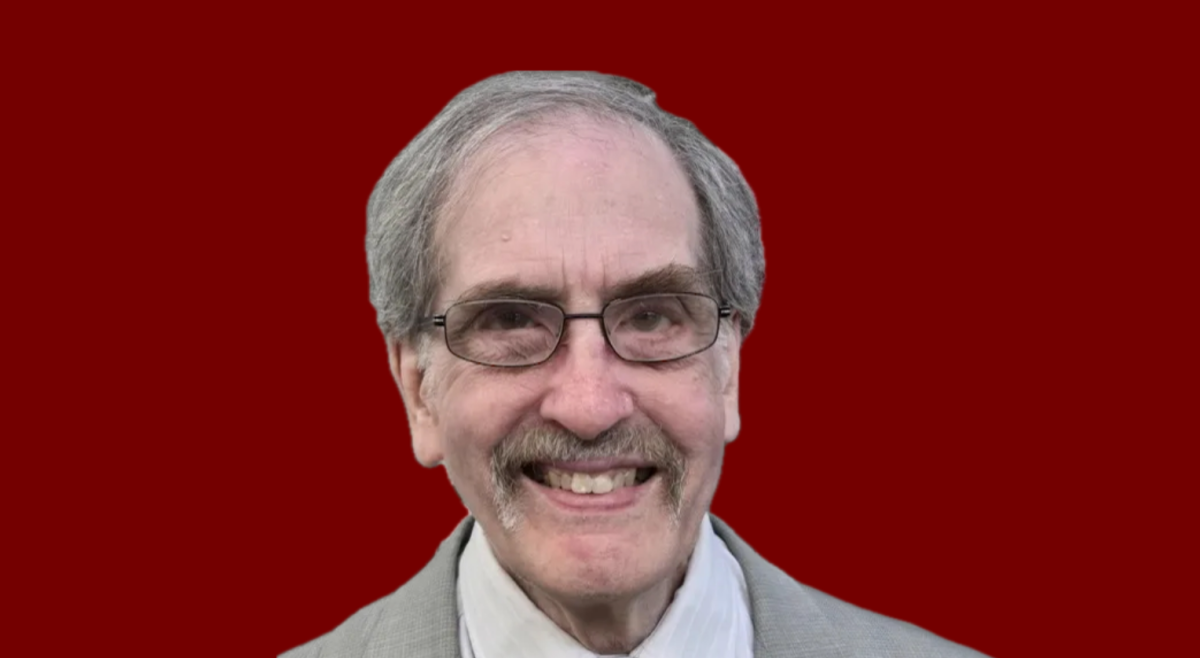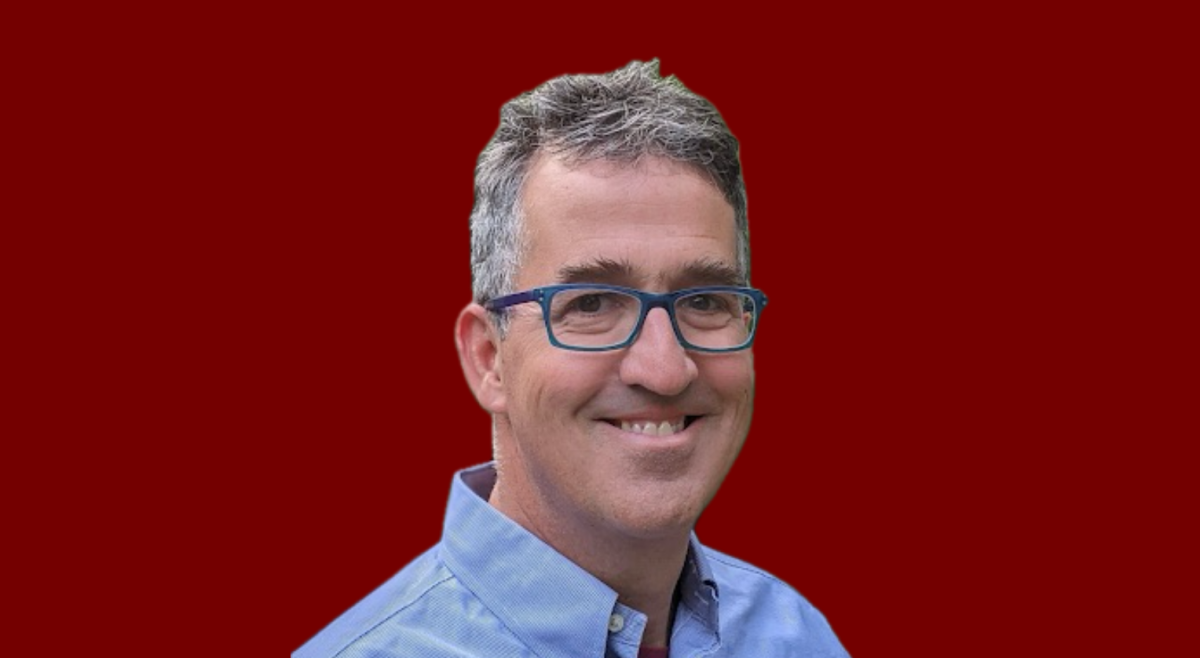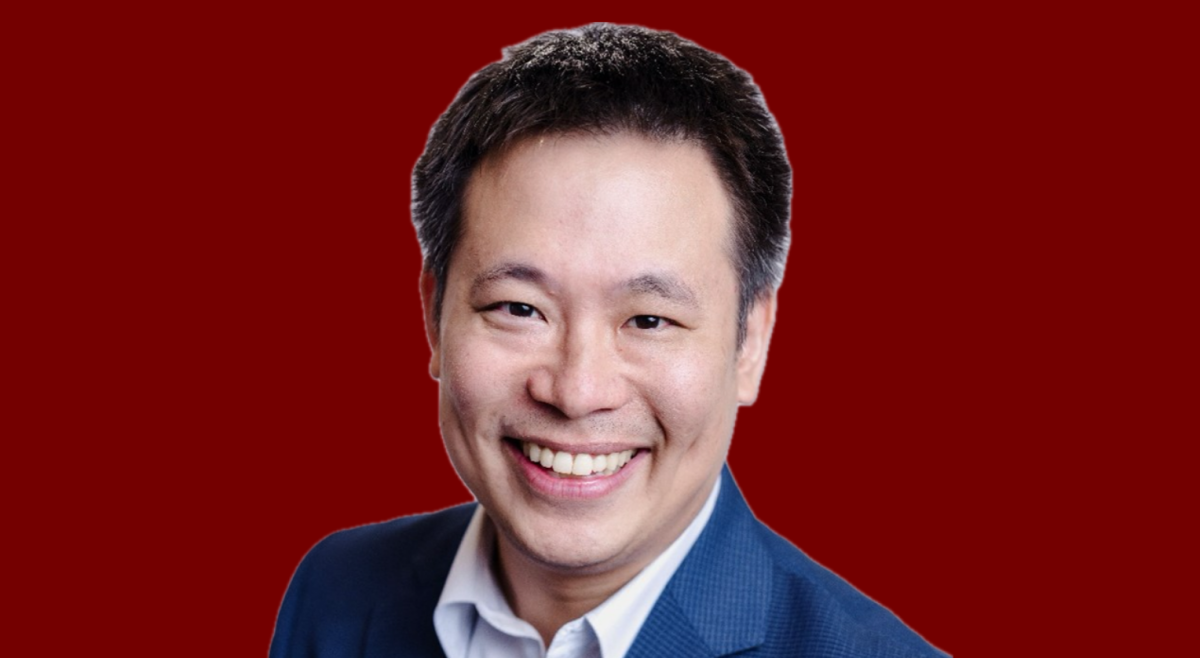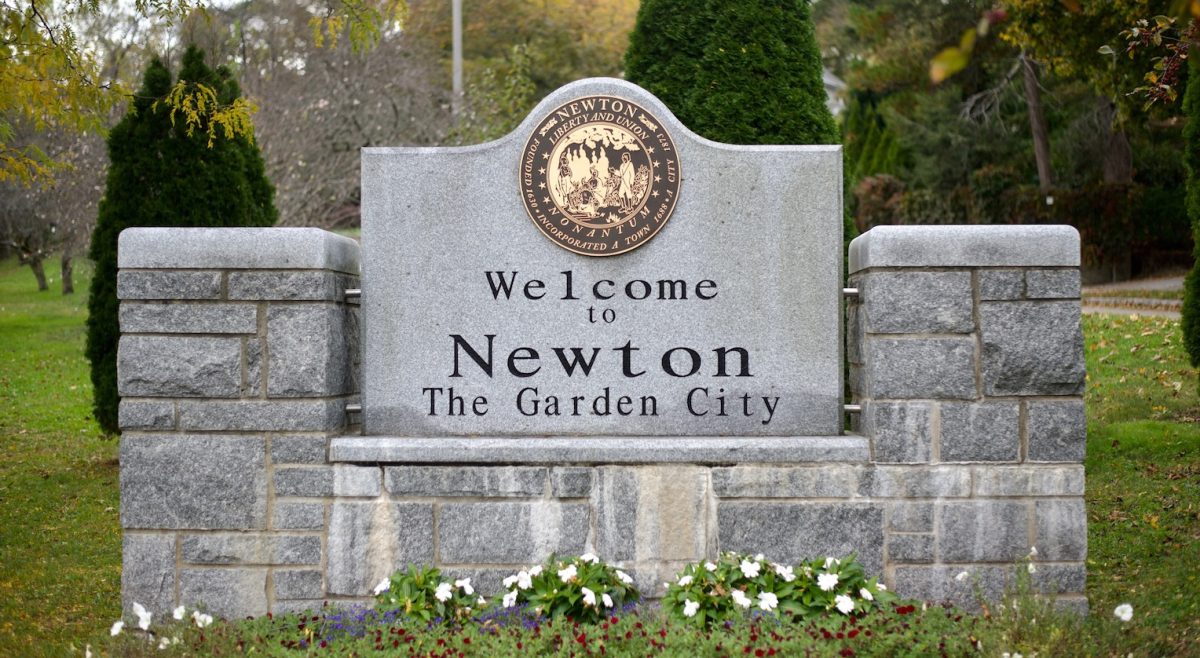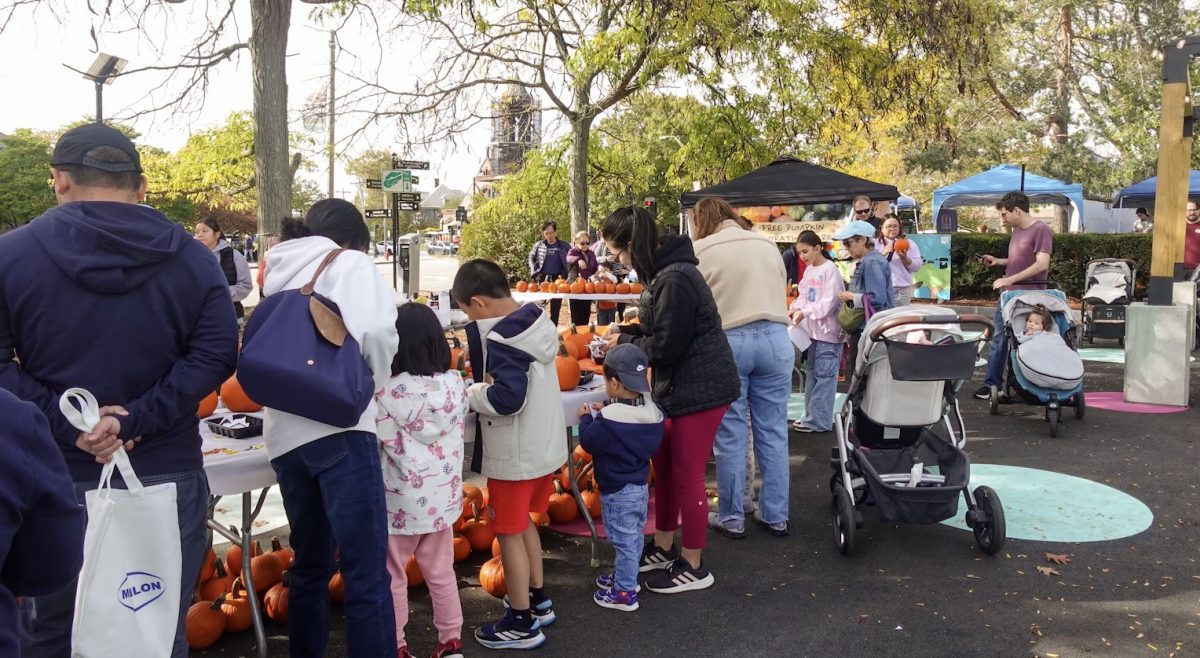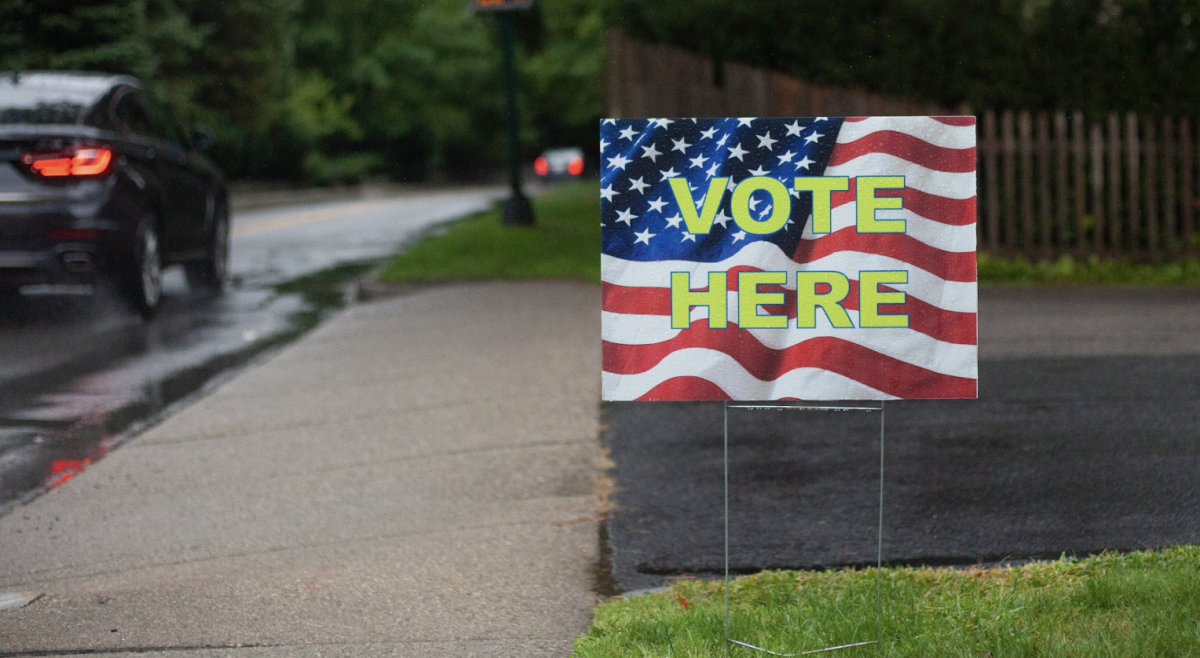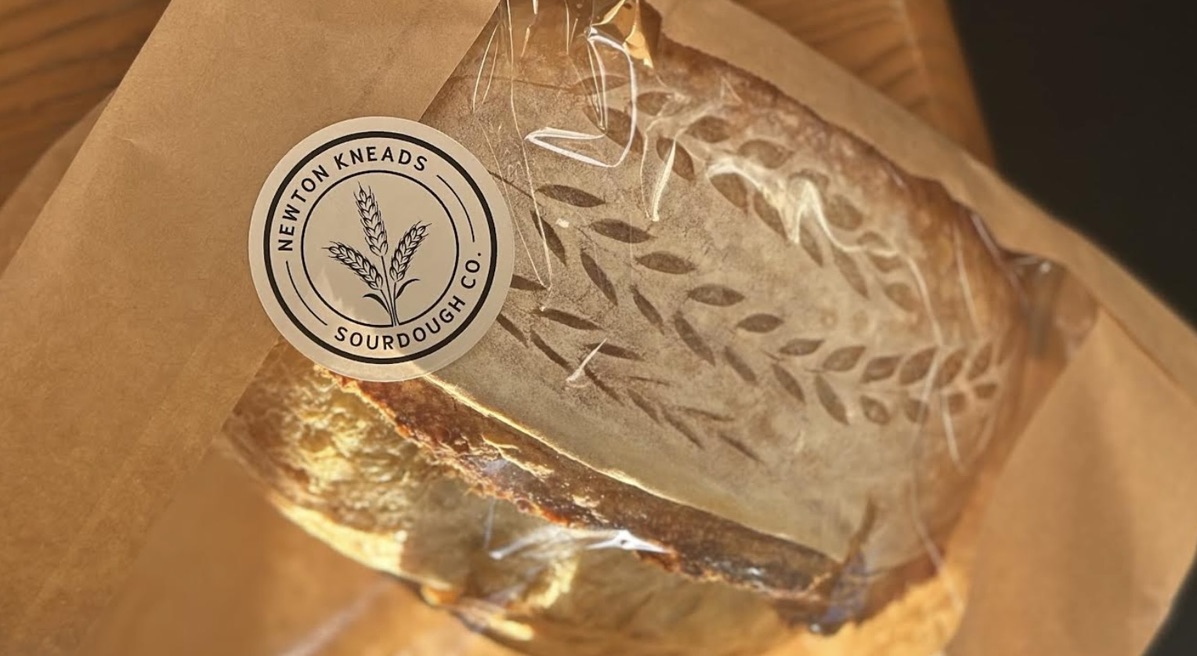Several Black Virginians settled in Newton following the Civil War, including three families that formed a community known as the Village, which centered around the historically Black Myrtle Baptist Church, Clara Silverstein said during a webinar titled “Moving North,” hosted by Historic Newton on Thursday.
“Newly freed citizens left Richmond to look for better opportunities after the end of slavery,” Silverstein, community engagement manager at Historic Newton, said. “They had to give up close ties to their extended families, as well as a familiar place with a kinder climate.”
The talk focused on the experiences of the Lomax, Pryor, and Bland families as well as the personal journey of Josephine Braxton, all of whom were African American migrants from Virginia who settled in the Village.
“What these residents first found when they moved was marshy land next to the Boston and Albany railroad tracks,” Silverstein said. “With the church as a focal point, this neighborhood became one of the largest suburban African American communities in greater Boston by the early 1900s. It must be noted, however, that Black settlers ended up in the village because they were not allowed to own homes in other areas.”
Silverstein first recounted the history of the Lomax family who migrated to West Newton in the 1870s, she said. The Lomax’s eventually sent their descendant, Hazelle Lomax, to Howard University in the 1930s. She married Casper Ferguson, who was the first African American graduate of Boston College.
“Casper struggled to find work as a chemist, which is a subject he had studied at Boston College,” Silverstein said. “He ended up working for the U.S. Postal Service … before landing a job at the U.S. Army labs in Natick. This frustration suggests a pattern with Black unemployment in the Boston area, where a college graduate had more opportunity with federal than with local employers.”
There are still Lomax’s living in the Boston area today, according to Silverstein. This type of familial legacy also is relevant to the story of the Bland family, who moved to Newton in 1880, she said.
The Bland family moved to Newton with four children, and from there, branched out through marriages and children, becoming a large presence in the community, Silverstein said. Similar to the Lomax’s, however, the early generations of Bland’s found it challenging to break into professional opportunities, according to Silverstein.
“[They] found work typical for that time period … one was a driver, and another was a butler, a waiter, a gardener,” said Silverstein.
She also spoke of the Pryor’s, who were also active community members. She highlighted the time when J. Holman Pryor led a protest against the screening of the film The Birth of a Nation—which has widely been called racist—at a Newton movie theater. Members of the Pryor family also participated in several Memorial Day parades in Newton, according to Silverstein.
There does not seem to be any descendants of the Pryor family remaining in Newton, Silverstein said.
Braxton, the final person Silverstein spoke about, also does not have descendants in Newton. She moved to the area sometime before 1880.
Braxton became a child’s nurse for Harold Perrin, who later became a Massachusetts state senator, after the death of his mother. Silverstein speculated as to the possibility of a romantic relationship between Braxton and Marshall Perrin, Harold’s father and a professor at Boston University, and pointed out the potential obstacles to an affair of that nature.
“Racism at the time would have prevented such a public relationship, especially for a man with Marshall Perrin’s stature,” Silverstein said.
Silverstein emphasized the importance of considering the complexity of the treatment of African Americans in Newton during the late 20th century.
“Many were able to purchase homes and launch successive generations in Newton, staying north,” she said. “People gained better opportunities for education and for participation in civic light … but racism still constrained where Black citizens could live in Newton, and what kinds of jobs they could find.”

